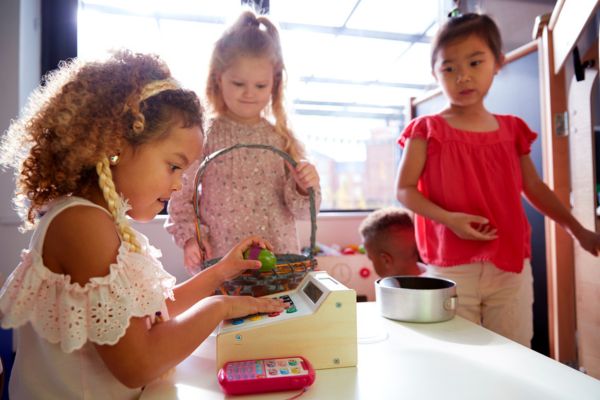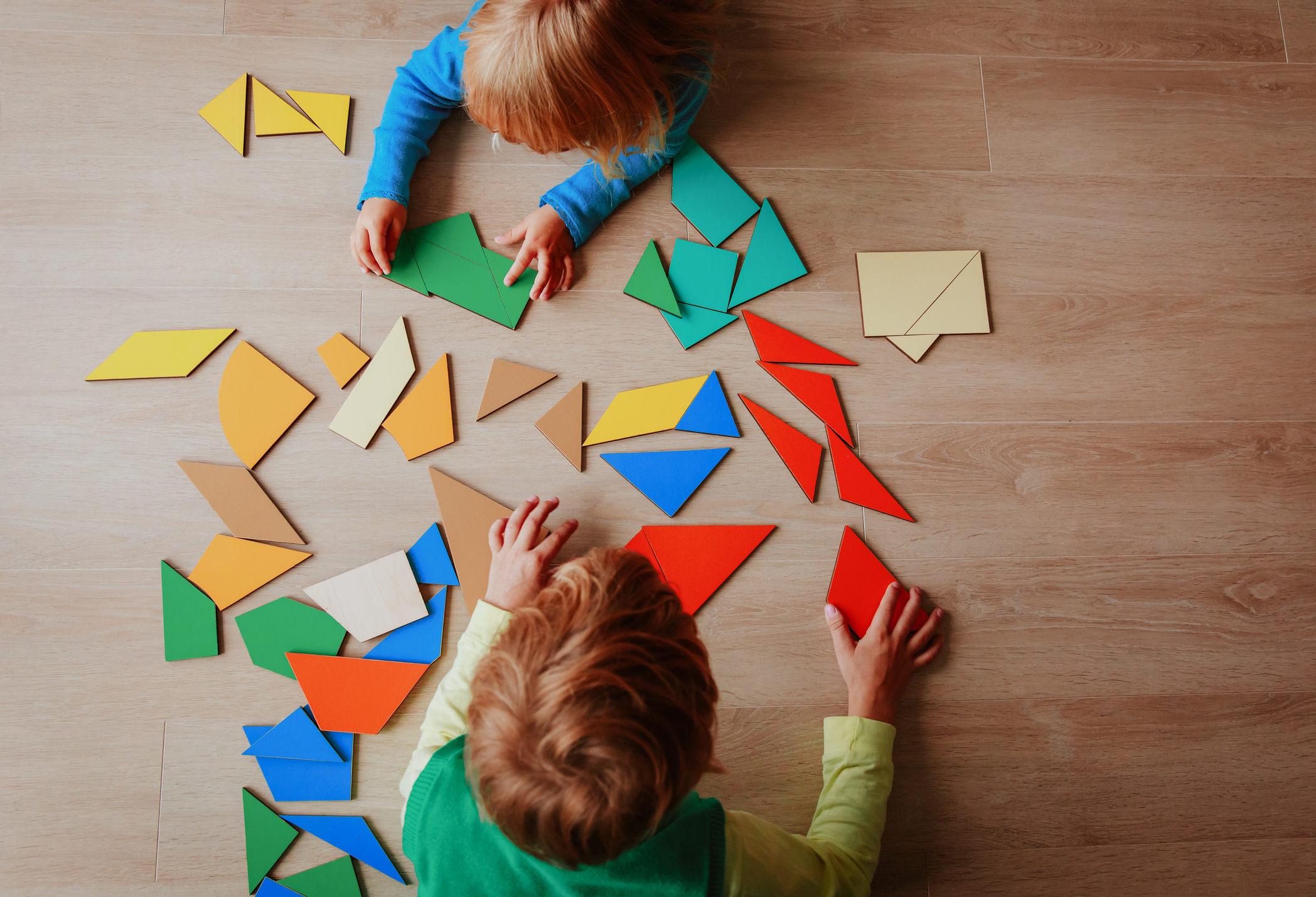School Readiness
Understanding patterns is an early math skill that allows children to make predictions and understand what will logically come next. This is important later in school when learning arithmetic and even later in life with algebra and other complex skills that require pattern recognition. Patterns are all around us. For example, let’s look to the […]

When children understand directional language, it not only helps them follow directions or explain things themselves, but it helps them navigate the world. Humans use spatial awareness to read maps, build things, and understand the way the world moves. Let’s go on a short trip to think about how we use spatial learning in everyday […]

Whether we are counting push ups during an exercise routine, cash to pay for an ice cream, or minutes on the clock–counting is a very useful skill for everyday life. When teaching math or literacy skills to young children, one of the most important things that we can do is help children to understand the […]

There are many things that we measure as part of everyday life. We calculate distance, height, weight, volume, and time as we cook, build, race, travel, grow, and more. Measurement is a mathematical concept that is useful when it is connected to real life, and that is what makes learning meaningful for children. From birth […]

At Rayz Kidz, we love reading with children for so many reasons. It can be a sensory break in a busy world, as you invite children to snuggle close and open a favorite book. Books create a beautiful bonding experience, as children listen to your calm, sing-song voice as you turn pages together, point at […]

Caregivers and parents are likely very familiar with school readiness pressures as children transition from toddler to preschool age. In a panic, they may wonder if they are doing enough, if children will be ready for school, or if their child will be far behind their peers when they join in preschool or kindergarten. However, […]

An early understanding of different shapes can introduce children to a variety of mathematical concepts. Eventually, children begin to understand that a shape name corresponds to a figure with a specific number of sides, and this will be helpful in future math activities in school as children explore geometry, patterns, and problem solving. Shapes are […]

Emergent writing is an ever-evolving process in the play of a young child: marks that start as scribbles turn into smaller forms, straighter lines, mock letters, and finally, conventional writing. Through these developmental stages, children develop an ability to copy the lines, curves and angles of the alphabet. Children can understand at an early age […]
